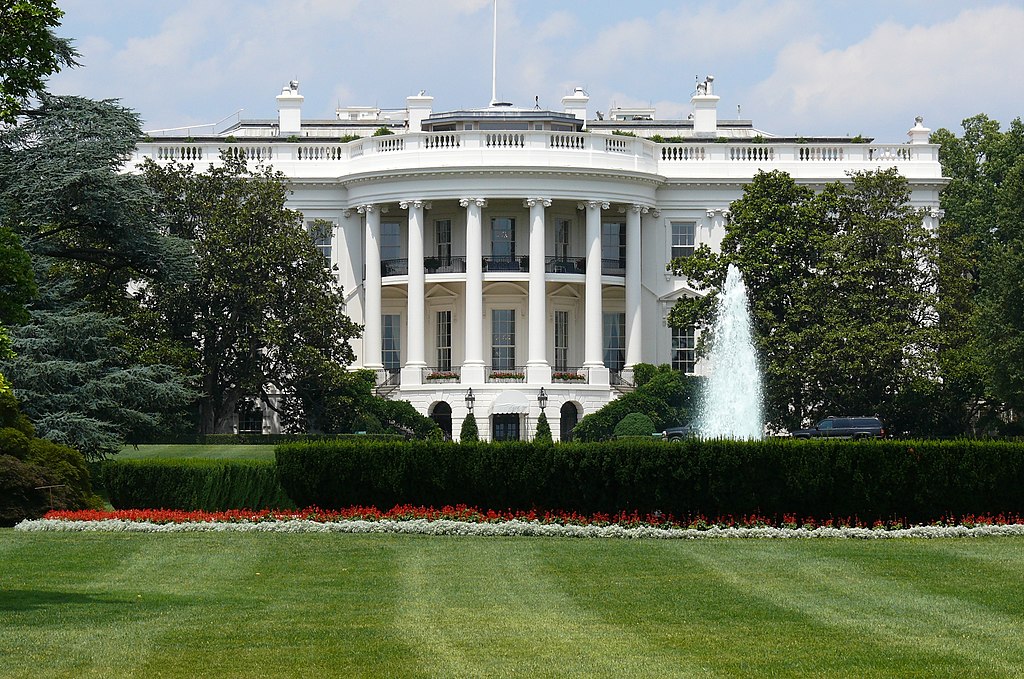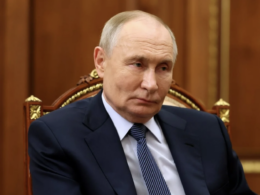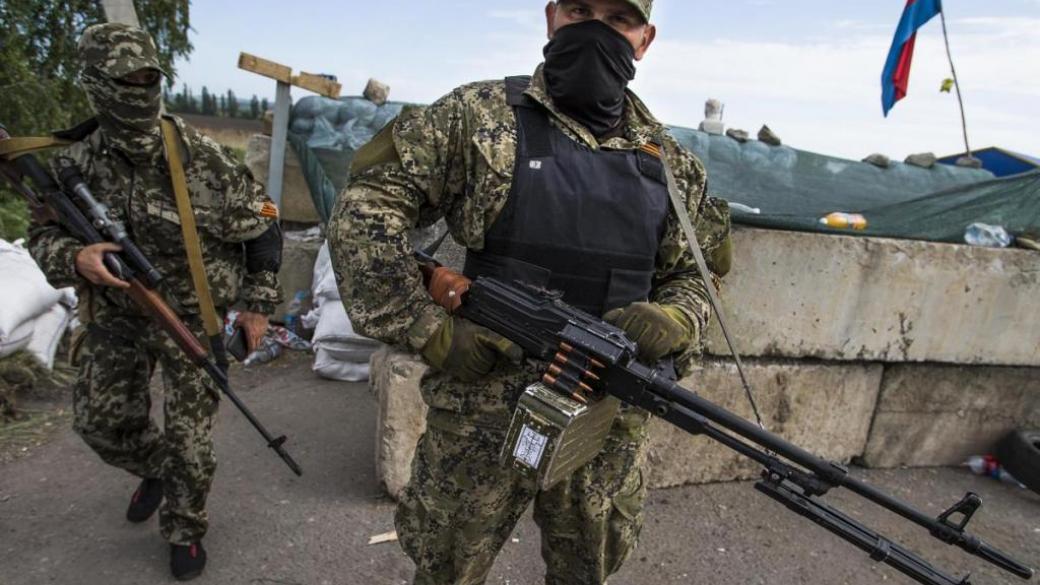On 12 February, Trump announced the start of negotiations with Moscow to end Russia’s war in Ukraine, following calls with Russian ruler Vladimir Putin. His statement triggered a wave of criticism, as experts warned that it could be a ceasefire on Putin’s terms with no security guarantees for Ukraine, especially after US Secretary of Defense Pete Hegseth called Ukraine’s NATO membership aspirations “unrealistic.” This conversation also stirred concerns in Europe, as its representatives were not involved in the negotiations. Amid uncertainty about whether the US will lead to a weakening of NATO due to its increasingly isolationist stance, many media outlets and analysts have labeled this strategy as a victory for Russia.
Some officials described the timeline for talks—set to begin this week in Saudi Arabia with senior US and Russian officials—as ambitious and potentially unrealistic.
Reaching a deal by the end of this year seems more likely, one source told the outlet.
Earlier, Washington's stance reportedly shocked European officials when US Defense Secretary Pete Hegset suggested that Europe, not the US, would bear responsibility for security guarantees and peacekeeping forces in Ukraine.
He emphasized that ending hostilities and achieving lasting peace is a top priority for the Trump administration, which aims to bring both Russia and Ukraine to the negotiating table.
The Pentagon chief also took what he calls a “realistic” stance on territorial issues, stating that “returning to Ukraine’s pre-2014 borders is an unrealistic goal” and pursuing such an “illusory objective” would only prolong the war and cause more suffering.
This came days after Ukrainian President Volodymyr Zelenskyy had indicated his readiness for serious peace negotiations directly with Putin, provided allies offer concrete security guarantees. While the Ukrainian leader had expressed openness to an allied military presence in Ukraine, he maintains that NATO integration would be the most cost-effective security solution.
Related:
- Zelenskyy calls to stop Russian terror after deadly night ballistic strike on Ukrainian capital
- Large Ukrainian army could serve as an alternative to peacekeepers, Zelenskyy says
- Kremlin rejects Ukraine’s territory exchange proposal
- Ramstein meeting starts in Brussels as UK takes chair for first time





